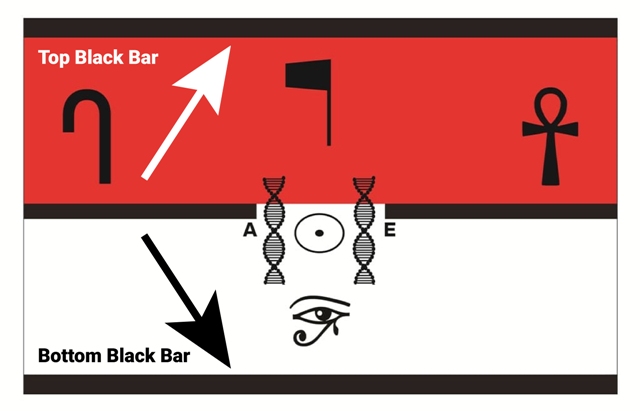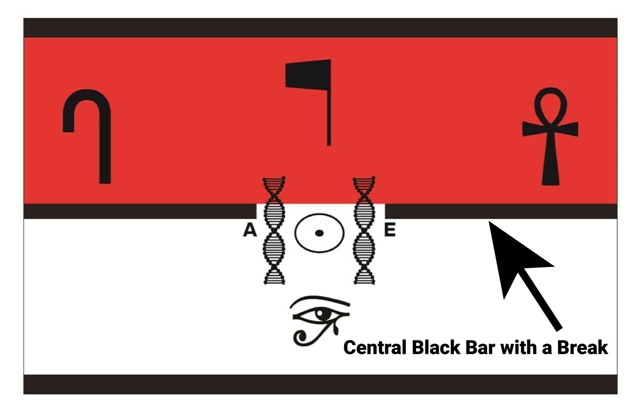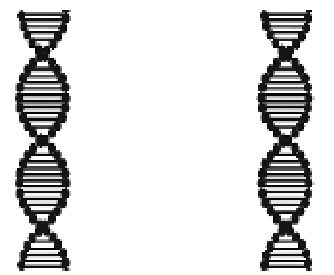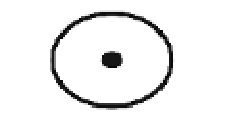


Symbolizing a gateway, the central split black bar represents the choice between the physical and the spiritual paths, a central tenet in our cultural narrative.
The Ankh on the right-hand side is perhaps the most recognizable symbol of life and vivacity. It embodies the life-giving power of the sun, the unity of masculine and feminine, and the key to the mysteries of life and existence.
(Symbol of God from Kemit)
Situated within the central black bar, this ancient symbol signifies the concept of everlasting life and the cyclical nature of the universe. It echoes the timelessness of the soul and the perpetual legacy of our tribe.
The eye at the center of the flag represents divine providence, wisdom, and the vigilant spirit that protects us. It is an acknowledgment of the omnipresent watchfulness of the Creator, a reminder to live with integrity and awareness.
Nubia Symbol of Health)
Placed on the left side, this emblem is a commitment to the physical and spiritual health of our people. It underscores the importance of well-being as a pillar of our community and our holistic approach to medicine and healing.

The Balogun Tribe reimagines the Staff of Imhotep with DNA visuals, blending ancient Nubian healing wisdom with modern genetic science. This symbol reflects a deep respect for their ancestral lineage and innovative spirit, highlighting a holistic approach to health that integrates physical, spiritual, and genetic factors. It celebrates their rich cultural identity and their commitment to advancing health understanding through historical insights and contemporary knowledge.

Situated within the central black bar, this ancient symbol signifies the concept of everlasting life and the cyclical nature of the universe. It echoes the timelessness of the soul and the perpetual legacy of our tribe.